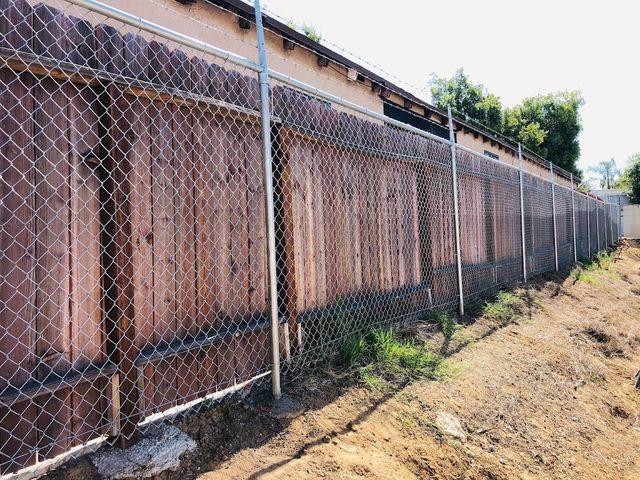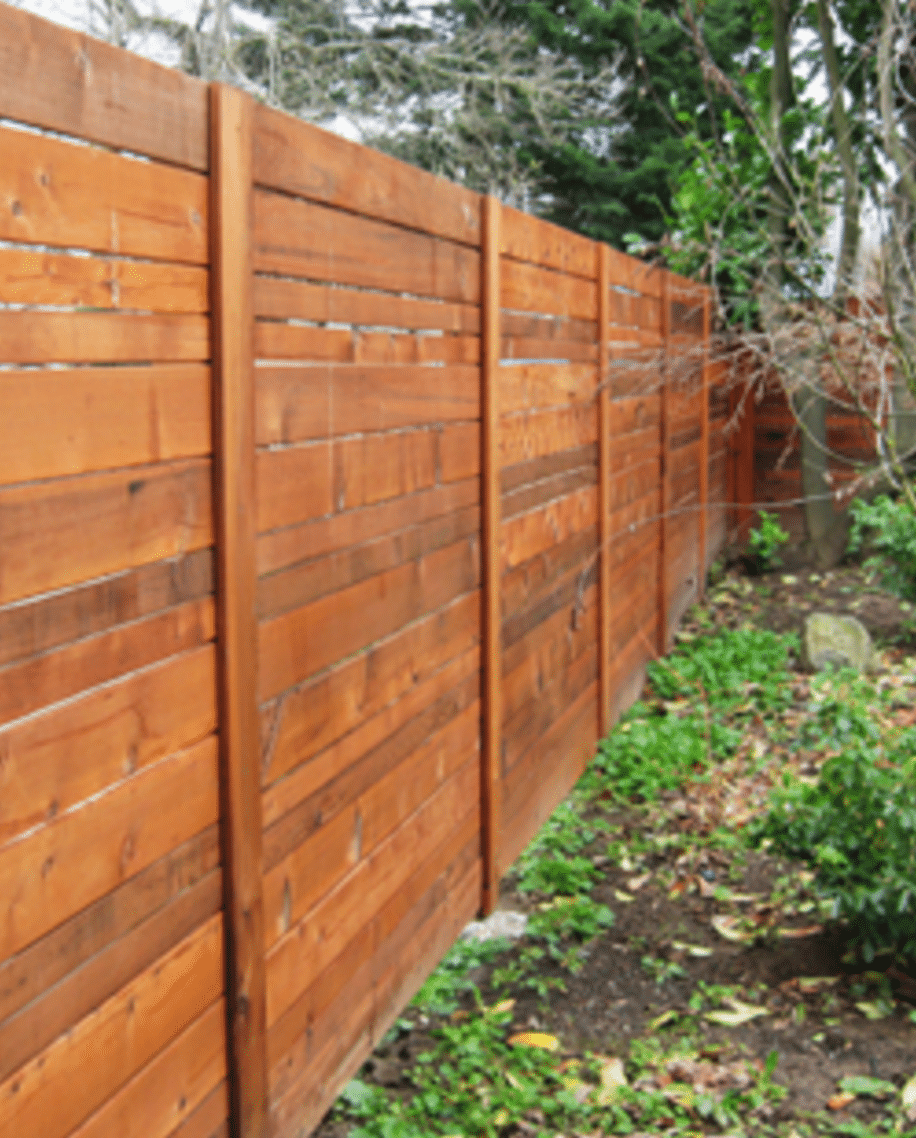All Categories
Featured
When securing your property, choosing the ideal fence height is crucial for both privacy and security. The height of your fence plays a considerable function in determining how efficient it will be at protecting your home or service from intruders. While a high fencing could appear like the most effective choice, the ideal height relies on a number of factors, including protection needs, regional guidelines, and the products used. Below, we'll describe crucial considerations to aid you pick the ideal fencing height for ideal safety.
![]()
If you reside in an area regulated by a homeowners' organization (HOA), you ought to additionally assess any type of details guidelines they have for fence height, design, and materials. Abiding by these laws ensures you stay clear of legal issues and preserve a good relationship with your next-door neighbors.
Taller fences are harder to scale and can considerably lower the possibility of break-ins. Adding features like sharp tops, barbed wire, or perhaps electrical secure fencing can additionally boost the barrier's safety. A fence that gets to 8 feet or greater is often effective at preventing most people from conveniently leaping over it.
![]()
Wood Fences: While wooden fencings provide personal privacy, they can be simple to climb up, particularly if there are no anti-climb features. For optimal safety, think about a wooden fencing that's 6 to 8 feet tall with sharp tops or trellis expansions that make it harder to scale. Chain-Link Fences: Chain-link fencings are usually more resilient and budget friendly than timber, and they can be developed to the necessary height for protection. To increase prevention, consider including barbed or razor cord on top. These attributes inhibit climbing and make the fence a lot more challenging to breach. Wrought Iron Fences: Wrought iron fencings are commonly used for high-security functions due to the fact that of their stamina and sturdiness. Their vertical bars make it tough to climb up, and they can be created to 6 to 8 feet high with added spikes or decorative anti-climb functions to more safeguard the boundary. Plastic Fences: Vinyl is an excellent choice if you require a solid, private fence, but like timber, plastic fencings might need extra elevation or safety functions to hinder climbing up. Decide for a fence that is at least 6 feet high to make sure personal privacy and safety and security. Each material uses different benefits in regards to aesthetics, resilience, and maintenance, so it is necessary to consider your particular demands and choices when choosing a fence.
Anti-Climb Functions: Setting up pointed or sharp tops, trellis extensions, or security spikes at the top of the fencing makes it much more difficult for any individual to scale the fencing. These functions serve as a solid deterrent to potential trespassers. Barbed or Razor Cord: Adding barbed wire or razor cable on top of your fence boosts safety considerably. This is frequently used in high-security locations, such as industrial buildings, however can additionally be a great choice for homes in high-risk locations. Electric Secure fencing: For top-level safety and security, you may intend to think about including an electrical fencing to your home. Electric fence, when set up effectively, can create a solid deterrent while continuing to be fairly very discreet. It supplies a mild shock to any individual that attempts to climb the fencing or touch. Combining elevation with these extra functions ensures that your fence supplies the highest degree of safety.
Balancing the demand for personal privacy and protection while keeping the visual appeal of your building can assist you choose the appropriate height and product for your fencing. Make certain that your fence matches the total style of your home and doesn't negatively influence the curb appeal.
![]()
By meticulously considering all these elements, you can produce a secure, personal, and appealing limit around your home that supplies both comfort and defense.

- Understand Local Regulations and Zoning Laws. The primary step in selecting your fence height is to familiarize yourself with local policies. Lots of communities have zoning regulations that dictate the optimum allowable elevation for fencings, specifically ahead backyards and along home lines. Normally, front yard fencings are restricted to 3 to 4 feet, while yard fencings can be as high as 6 to 8 feet or more. Some areas may require an authorization for fences over a specific height, so it's critical to inspect with your neighborhood zoning office before beginning building and construction.
If you reside in an area regulated by a homeowners' organization (HOA), you ought to additionally assess any type of details guidelines they have for fence height, design, and materials. Abiding by these laws ensures you stay clear of legal issues and preserve a good relationship with your next-door neighbors.
- Establish the Desired Degree of Protection. The degree of security you need is a major variable in figuring out the excellent fence height. A fencing elevation of 6 to 8 feet is typically recommended for optimal safety and security.
Taller fences are harder to scale and can considerably lower the possibility of break-ins. Adding features like sharp tops, barbed wire, or perhaps electrical secure fencing can additionally boost the barrier's safety. A fence that gets to 8 feet or greater is often effective at preventing most people from conveniently leaping over it.
- Choose the Right Material for Your Fence. The material of your fencing plays a crucial role in its ability to provide security. While taller fencings are better for security, the kind of product you use can hinder the efficiency or enhance of the elevation. Right here are some preferred fencing products for protection:

Wood Fences: While wooden fencings provide personal privacy, they can be simple to climb up, particularly if there are no anti-climb features. For optimal safety, think about a wooden fencing that's 6 to 8 feet tall with sharp tops or trellis expansions that make it harder to scale. Chain-Link Fences: Chain-link fencings are usually more resilient and budget friendly than timber, and they can be developed to the necessary height for protection. To increase prevention, consider including barbed or razor cord on top. These attributes inhibit climbing and make the fence a lot more challenging to breach. Wrought Iron Fences: Wrought iron fencings are commonly used for high-security functions due to the fact that of their stamina and sturdiness. Their vertical bars make it tough to climb up, and they can be created to 6 to 8 feet high with added spikes or decorative anti-climb functions to more safeguard the boundary. Plastic Fences: Vinyl is an excellent choice if you require a solid, private fence, but like timber, plastic fencings might need extra elevation or safety functions to hinder climbing up. Decide for a fence that is at least 6 feet high to make sure personal privacy and safety and security. Each material uses different benefits in regards to aesthetics, resilience, and maintenance, so it is necessary to consider your particular demands and choices when choosing a fence.
- Include Protection Features for Additional Protection. While elevation is essential, including additional protection attributes to your fencing can enhance its effectiveness. Consider the complying with enhancements:
Anti-Climb Functions: Setting up pointed or sharp tops, trellis extensions, or security spikes at the top of the fencing makes it much more difficult for any individual to scale the fencing. These functions serve as a solid deterrent to potential trespassers. Barbed or Razor Cord: Adding barbed wire or razor cable on top of your fence boosts safety considerably. This is frequently used in high-security locations, such as industrial buildings, however can additionally be a great choice for homes in high-risk locations. Electric Secure fencing: For top-level safety and security, you may intend to think about including an electrical fencing to your home. Electric fence, when set up effectively, can create a solid deterrent while continuing to be fairly very discreet. It supplies a mild shock to any individual that attempts to climb the fencing or touch. Combining elevation with these extra functions ensures that your fence supplies the highest degree of safety.
- Take Into Consideration Privacy and Aesthetic Preferences. While safety and security ought to be your primary problem, it's additionally important to take into consideration the aesthetic allure of your fence. Tall fencings might give safety and security, but they can often appear enforcing or unfriendly. If privacy is a concern, a strong timber or vinyl fencing can offer both safety and seclusion, while a functioned iron fencing offers security with an open view.
Balancing the demand for personal privacy and protection while keeping the visual appeal of your building can assist you choose the appropriate height and product for your fencing. Make certain that your fence matches the total style of your home and doesn't negatively influence the curb appeal.

- Final Ideas on Fencing Elevation and Safety And Security. Picking the best fence height for optimum security entails stabilizing several factors, including neighborhood laws, the degree of security required, the material of the fencing, and additional protection attributes. In basic, a fencing height of 6 to 8 feet is excellent for most domestic properties, with taller fences supplying an included layer of protection for high-risk areas.
By meticulously considering all these elements, you can produce a secure, personal, and appealing limit around your home that supplies both comfort and defense.
Latest Posts
Explore Brake Repair & More: Full Auto Care Solutions from Montclare Auto Repair
Published May 29, 25
1 min read
Why Consistent Auto Maintenance at Montclare Auto Repair Keeps Your Wallet Happy
Published May 28, 25
1 min read
Unlock Your Financial Partner at WyHy – Top Benefits for Your Money Goals
Published May 25, 25
1 min read
More
Latest Posts
Explore Brake Repair & More: Full Auto Care Solutions from Montclare Auto Repair
Published May 29, 25
1 min read
Why Consistent Auto Maintenance at Montclare Auto Repair Keeps Your Wallet Happy
Published May 28, 25
1 min read
Unlock Your Financial Partner at WyHy – Top Benefits for Your Money Goals
Published May 25, 25
1 min read